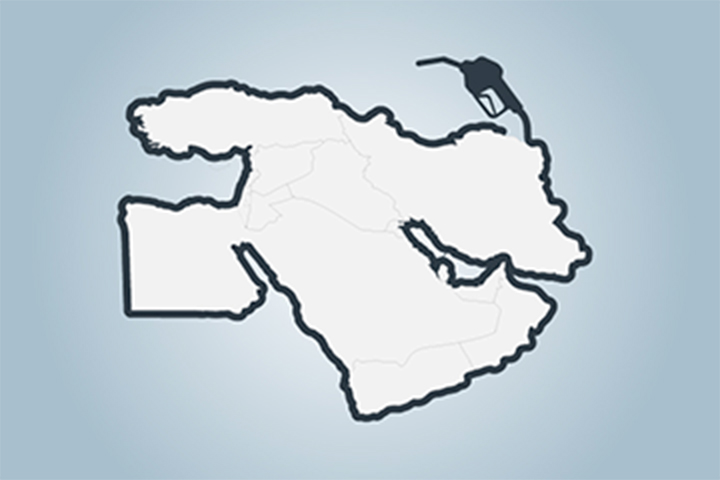Robotics: From science fiction to science

Keytrade Bank
keytradebank.be
May 09, 2024
2 minutes to read
From the first industrial revolution in the 18th century (water and steam) to the second in the 19th century (combustion engine) and the third in the 20th century (computer technology), each innovation has led to greater productivity and a higher standard of living for the average citizen around the world. It appears we are now in the midst of a fourth revolution: it started with the Internet, but has since expanded to include artificial intelligence and robotics. While AI may be getting all the attention at the moment, we cannot discount the huge potential offered by robotics. After all, robotics plays a crucial role in industry transformation and automation across the globe.
Robotics: More than R2-D2 and WALL-E
Whether a dishwasher that cleans your tableware, planes that take you to exotic destinations or the screen you are currently looking at, all of these things are handled by robots during their production process. However, robotics involves much more than just the gripper arms on production lines that take care of arduous, dirty, dangerous and repetitive tasks. Robotics also includes machines that carry out precise surgical procedures, self-driving metro trains that transport commuters to their destination, care robots that offer support to the elderly in their daily lives, smart software that automates everyday business processes, and much more. From lawn mowers to underwater drones, robots come in all forms and have become part of the fabric of all sectors.
Why is robotics an area with a future?
Robotics and automation provide solutions for a range of global challenges, such as an ageing population. With an increasing number of pensioners and a declining working-age population, it is becoming more difficult to keep the world running. Today, the current ratio of the working-age population (20 to 64-year-olds) to the over-65s is 100 to 18. According to forecasts by the United Nations, this ratio will be 100 to 36.4 by 2070. This trend is a particular cause for concern in Europe and North America, where it is predicted that by 2070, there will be 56 senior citizens for every 100 workers.
Robotics can play an important role by increasing productivity and bringing production facilities closer to home. This can help to compensate for rising labour costs in emerging markets, but it is also relevant in a time of geopolitical tension and fragile supply chains. Furthermore, robotics can add greater flexibility to the production chain, making custom options more affordable and shortening delivery times. In an era where natural resources are becoming scarcer, robotics and automation can help with the transition to a more sustainable and smarter use of energy and raw materials.
Developments in the field of AI can also give robotics a boost. Examples include robots in agriculture and horticulture, where machines can perform autonomous tasks such as sowing, weed killing, irrigation, harvesting and more. Thanks to AI, agricultural machinery would be able to decide on the best time to sow or harvest, based on weather forecasts, field conditions and growth patterns, or to detect certain crop diseases at an early stage.
How can you invest in robotics?
Robotics and automation are terms that cover a whole host of subsectors and applications. You can invest in the cornerstones of robotics, such as semiconductors, sensors, software and network systems, in companies that develop practical solutions (co-bots, smart factories, business process automation, robots in the healthcare, hospitality and education sectors, autonomous vehicles, cleaning robots, and so on), or in companies that use robotics in their processes to gain a competitive advantage. The list goes on. In other words, you can adopt a range of approaches and strategies. You can invest in robotics through individual shares, trackers (ETFs), or actively managed investment funds. Which option is best for you depends on your risk appetite, knowledge of the sector and how much time you wish to spend on your investments.
However, this is an extremely complex landscape due to its complexity, the speed of technological progress and the expertise needed to assess companies' potential. This is why an ETF or actively managed fund could be the answer for investors who wish to diversify and spread the risks. If you're willing – and able – to take a greater risk, want to ride current trends and buy and sell on a daily basis, shares may be your best option.
Looking for robotics trackers or funds?
- Log in to Keytradebank.be on your laptop or desktop
- Click on Advanced at the top of the search window
- Tick Tracker and/or Fund
- Search for the term Robo and/or Automat


